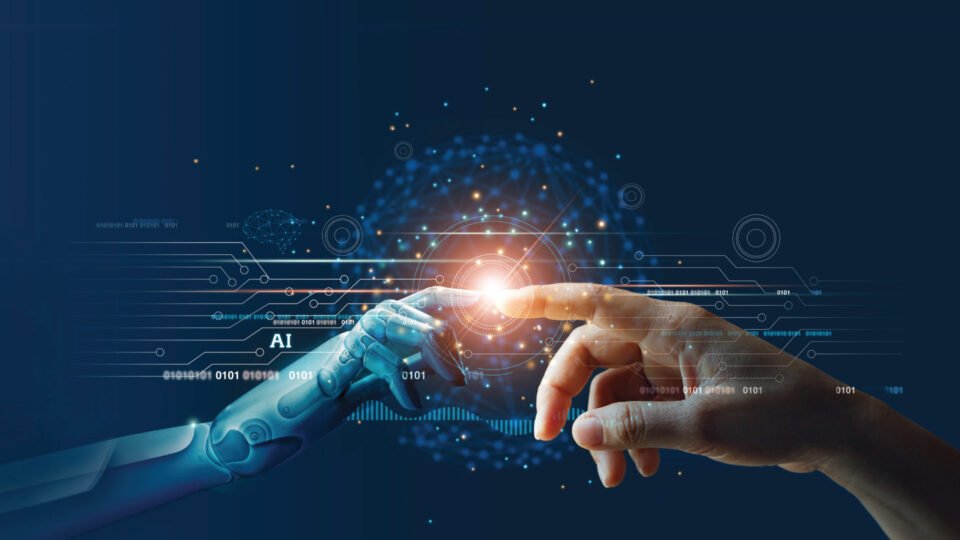Explore AI alignment and why it’s crucial for success, the challenges it poses, and the iterative mindset shaping AI’s future.
Artificial Intelligence will improve our lives in many ways, from safe, automated mobility to time-saving tasks. With constant innovation, AI systems will become far more capable, possibly equaling or exceeding human-level performance at most intellectual tasks.
AI is one of the most important technologies of our time and its impact is comparable to the industrial and scientific revolutions. For business leaders to utilise AI’s full capabilities it’s crucial to ensure AI is aligned with human intent and the promise of the AI product itself.
This is achieved through AI alignment.
What is AI alignment and why is it important?
Imagine playing darts, or any game for that matter, but not agreeing on what the board looks like or what you get points for. If the designer of an AI system cannot express consistent and clear expectations through feedback, the system won’t know what to learn.
At its core, alignment is about agreeing on expectations. Anyone who has managed a team knows how much communication is required to align a group of people. With the emergence of more powerful AI, this alignment exercise will be extended to include algorithms. Human feedback is central to this process, and there is still much work to be done.
As business leaders, it is imperative that we act now to ensure AI is aligned with human values and intent.
Teaching machines… It’s no easy task
Humans interpret things differently and develop preferences based on their personal perceptions. This makes it incredibly difficult to teach machines how humans think and how to tell your “machine” what high performance really is. In order to function properly, AI products need to learn the language of human preferences.
Up until now, most AI products have been trained using unsupervised learning where we let algorithms derive how to solve tasks by observing humans. But in an application as complex as driving, developers of autonomous vehicles must ask themselves two questions, how do we want this product to behave? And how do we make it behave that way?
For example, the autonomous vehicle industry has already faced many challenges in putting ML-enabled products on the road. AI has not lived up to consumer expectations in this sector. The problem is that there is no single way to drive – what makes a “good” driver? This is partially due to the complexity of the decision making associated with driving, and partially due to the fact that “programming by example” is so radically different from “programming by code.”
The best way to express your intent is to review examples of how the algorithm behaves and provide feedback. Human feedback can be used to steer AI products very efficiently by shaping the evolving dataset to reflect the developers’ intentions and user expectations.
It all comes back to iteration
Contrary to common belief, AI alignment is not actually a technology problem, it’s a people problem. Ultimately, the ability of the AI system to learn the right kind of rules comes down to the ability of the product developer or service provider to express what it is that they want the product to do.
If we don’t figure out a better way to do this, we will see a lot of disappointment in the next few years and it’s going to be very difficult to realise the potential of AI. So, it’s in our collective interest to get this right. If business and technology leaders can collaborate closely on alignment, it will help create better products and in turn benefit humans day to day-to-day lives.
We live in a fast-changing world, and expectations evolve quickly. If you assemble a large dataset, you must expect it to evolve. The challenge now is to shape your data with this evolution in mind which in turn informs your AI products. Alignment is the way forward, and the key is to approach it with an iterative mindset. The challenge now is to explore and shape your data with this evolution in mind which in turn informs your AI products.
Visit AITechPark for cutting-edge Tech Trends around AI, ML, Cybersecurity, along with AITech News, and timely updates from industry professionals!


